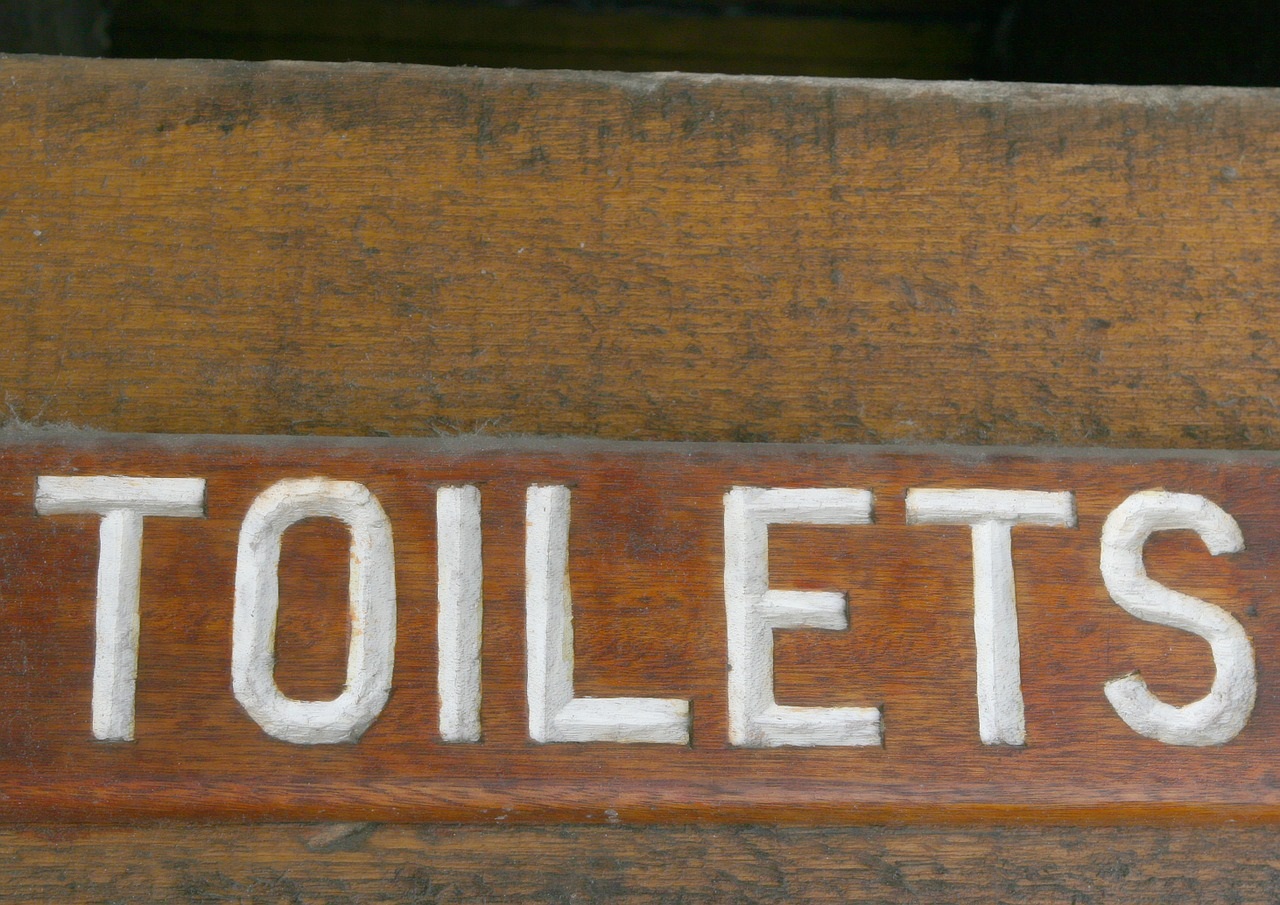When planning an update to your bathroom you will need to consider the many different styles of toilet, such as close coupled, back to wall, high level, low level, wall hung and even corner toilets. Although toilets come in all shapes, sizes and designs, it's useful to note that the standard size is around 40-41 cm from floor to seat.
Contemporary Toilets
Contemporary toilets are typically very sleek, or have a very striking shape, and have very little in the way of over-detailed or fussy features; a minimalist approach where less is more. The most modern or contemporary design is probably the wall-hung toilet, which appears to float on the wall. In this design, the cistern is normally hidden within a stud wall or in a furniture unit. This design offers the freedom to set the pan at a comfortable height; however, as the pan is suspended it will need to be supported by a strong metal frame within the wall or unit.
Other modern design features include a portrait cistern (that is, tall and slim rather than wide and short), and a push-button on the top to activate the flush. This push button may be a split into two so that you can choose a short flush and reduce the amount of water you use.
Traditional Style Toilets
Traditional toilets often have a detailed design, with lines and contours or period details such as rope twists and flowers, all of which add to the traditional theme. Although patterned and decorated pieces were popular a few years ago, the trend today is more for white, but still with the same classic and traditional design features.
A typical example of a traditional-style toilet is a high-level toilet, where the cistern is positioned high up on the wall and connects to the pan by way of a flushpipe. The flush (which is very efficient because gravity helps to increase the force and speed of the water) is activated by a pull chain.
The cistern must be fixed firmly to the wall; although you may choose a design that has decorative brackets beneath it, you should not rely on these alone to support the weight of the cistern and the water inside. Unlike authentic period pieces which were made from lead and other heavy metals, today's high-level toilets are usually made from ceramic, although some manufacturers supply cisterns made from cast iron or steel.
A variation is the low-level toilet, where the cistern is positioned on the wall connected to the pan by a much shorter flushpipe. The flush is activated by a handle on the front. Flush pipes are usually available in metal-plated finishes as well as plastic so that your bathroom can have a more attractive and coordinated look.
Close-coupled toilets, where the cistern sits directly on top of the pan, can also be traditional depending on the design and shape. For example, a landscape cistern (one that is wide and rectangular with a handle on the front) is considered a more traditional design than a portrait cistern, which is slim and tall with a push-button flush on the top.
Another style of toilet that might appeal to you is the back-to-wall toilet. In this design, the cistern connects to the pan by way of a short flushpipe, but the cistern and all the pipework are concealed within a stud wall or furniture unit. As the cistern and pipework are not on show, you can keep costs down by using plastic pieces rather than metal plated and ceramic versions. Most furniture units come with a removable panel or lid so that you can access the cistern fairly easily should there be a problem; however, if you are installing the cistern within a stud wall, you'll need to consider how you can gain access should you need to.







